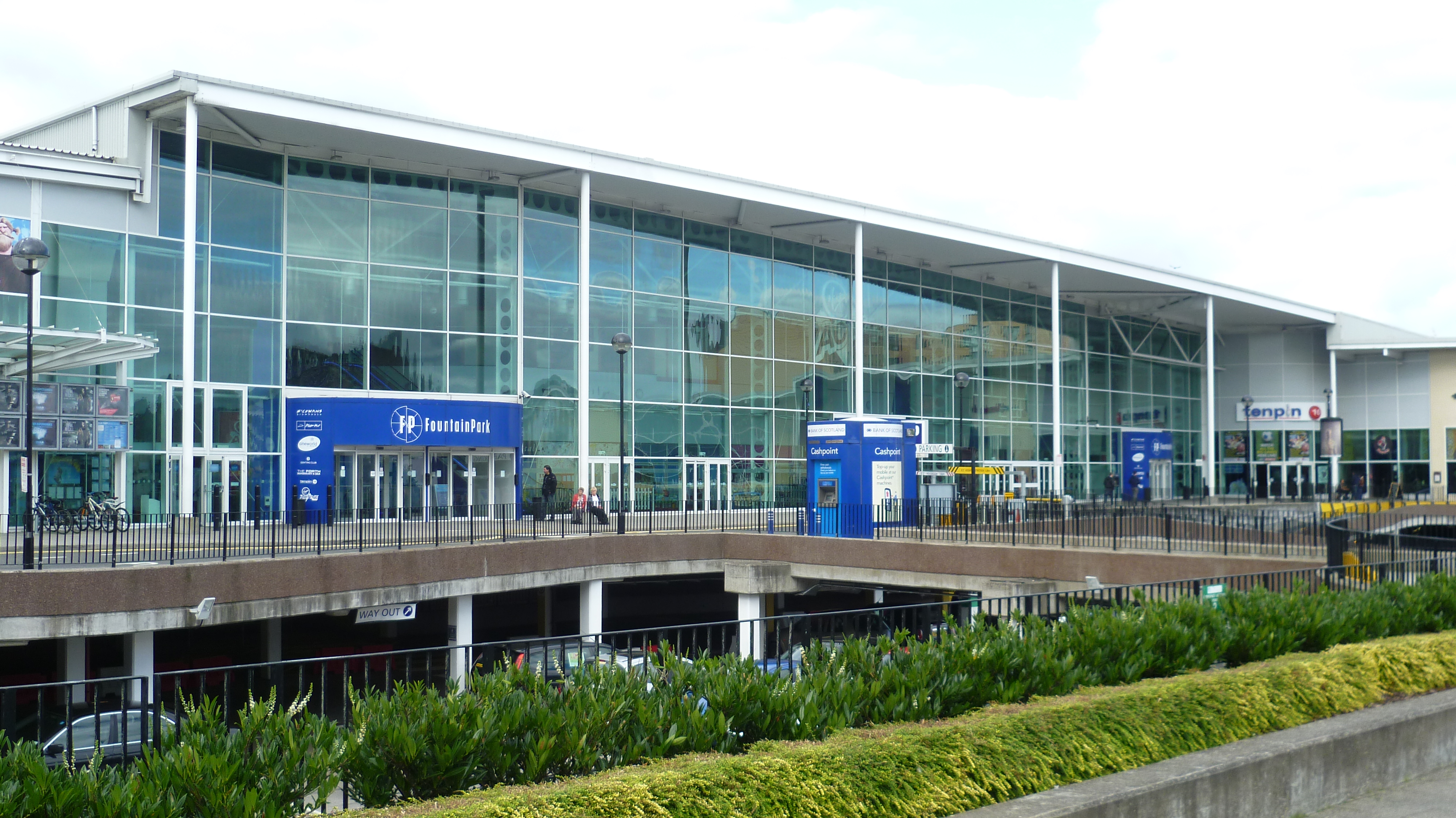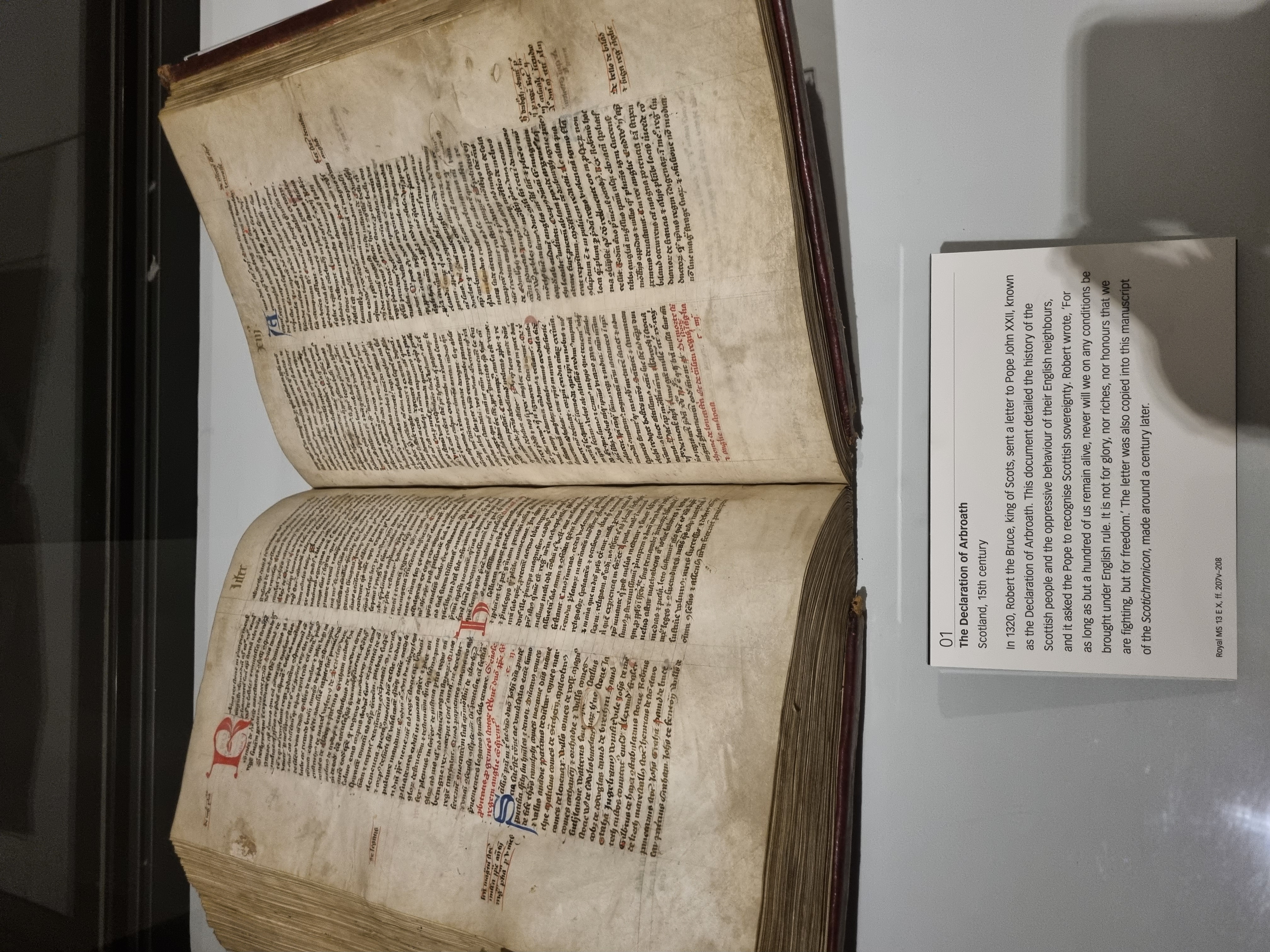|
Stone Of Destiny (film)
''Stone of Destiny'' is a 2008 Scottish-Canadian historical adventure/comedy film written and directed by Charles Martin Smith and starring Charlie Cox, Billy Boyd, Robert Carlyle, and Kate Mara. Based on real events, the film tells the story of the removal of the Stone of Scone from Westminster Abbey. The stone, supposedly the Stone of Jacob over which Scottish monarchs were traditionally crowned at Scone in Perthshire, was taken by King Edward I of England in 1296 and placed under the throne at Westminster Abbey in London. In 1950, a group of Scottish nationalist students succeeded in liberating it from Westminster Abbey and returning it to Scotland where it was placed symbolically at Arbroath Abbey, the site of the signing of the Declaration of Arbroath and an important site in the Scottish nationalist cause. Filming began in June 2007 in various locations throughout Scotland, Wales and England. The filmmakers were given rare access to shoot scenes inside Westminster Abbey ... [...More Info...] [...Related Items...] OR: [Wikipedia] [Google] [Baidu] |
Charles Martin Smith
Charles Martin Smith (born October 30, 1953) is an American actor, writer, and director of film and television, based in British Columbia. He is known for his roles in ''American Graffiti'' (1973), ''The Buddy Holly Story'' (1978), '' Never Cry Wolf'' (1983), '' Starman'' (1984), ''The Untouchables'' (1987), '' Deep Cover'' (1992), ''And the Band Played On'' (1993), '' Speechless'' (1994) and '' Deep Impact'' (1998). As a director, he is further known for the films '' The Snow Walker'' (2003), '' Stone of Destiny'' (2008), ''Dolphin Tale'' (2011), ''Dolphin Tale 2'' (2014) and ''A Dog's Way Home'' (2019). His directorial work has earned him much acclaim, with numerous BAFTA, Genie, and Leo Award nominations. Biography Early life Smith was born in Van Nuys, California. His father, Frank Smith, was a film cartoonist and animator, while his uncle Paul J. Smith was an animator as well as a director for the Walter Lantz Studios. Smith spent three years of his youth in Paris, w ... [...More Info...] [...Related Items...] OR: [Wikipedia] [Google] [Baidu] |
Scone, Scotland
Scone (; gd, Sgàin; sco, Scuin) is a town in Perth and Kinross, Scotland. The medieval town of Scone, which grew up around the monastery and royal residence, was abandoned in the early 19th century when the residents were removed and a new palace was built on the site by the Earl of Mansfield. Hence the modern village of Scone, and the medieval village of Old Scone, can often be distinguished. Both sites lie in the historical province of Gowrie, as well as the old county of Perthshire. Old Scone was the historic capital of the Kingdom of Scotland. In the Middle Ages it was an important royal centre, used as a royal residence and as the coronation site of the kingdom's monarchs. Around the royal site grew the town of Perth and the Abbey of Scone. Scone and Scotland Scone's association with kings and king-making gave it various epithets in Gaelic poetry; for instance, ''Scoine sciath-airde'', "Scone of the High Shields", and ', "Scone of the Noisy Shields". Scotland it ... [...More Info...] [...Related Items...] OR: [Wikipedia] [Google] [Baidu] |
Scottish Covenant Association
The Scottish Covenant Association was a non-partisan political organisation in Scotland in the 1940s and 1950s seeking to establish a devolved Scottish Assembly. It was formed by John MacCormick who had left the Scottish National Party in 1942 when they decided to support all-out independence for Scotland rather than devolution as had been their position. MacCormick took many supporters with him, and set up the ''Scottish Union'', which later became the ''Scottish Convention'' before eventually evolving into the Scottish Covenant Association. The name ''Covenant'' was a direct reference to the Solemn League and Covenant signed by the Scottish Covenanters of the 16th and 17th centuries. In 1950 the organisation had offices in Glasgow. The Covenant Association played an enormous part in mobilising Scottish public opinion in favour of devolution. The Scottish Covenant "was eventually signed by two million people". [...More Info...] [...Related Items...] OR: [Wikipedia] [Google] [Baidu] |
Scottish Nationalism
Scottish nationalism promotes the idea that the Scottish people form a cohesive nation and national identity. Scottish nationalism began to shape from 1853 with the National Association for the Vindication of Scottish Rights, progressing into the Scottish National Movement in the 1920s maturing by the 1970s and achieved present ideological maturity in the 1980s and 1990s. The nation's origin, political context and unique characteristics including the Gaelic language, poetry and film maintains an individual's distinct identification and support of Scotland. Origins Scottish Nationalism, the concept of Scotland as an individual Nation state became prominent within Scotland in the Middle Ages. During the Anglo-Scottish Wars, the campaign led by Scotland was to obtain Scottish independence as a separate sovereign state. The campaign was successful, and following the Declaration of Arbroath, a formal letter sent to Pope John XXII, Scotland, and the nation's individual identity we ... [...More Info...] [...Related Items...] OR: [Wikipedia] [Google] [Baidu] |
Ian Hamilton (lawyer)
Ian Robertson Hamilton KC (13 September 1925 – 3 October 2022) was a Scottish lawyer and nationalist, best known for his part in the return of the Stone of Destiny from Westminster Abbey to Arbroath Abbey in 1950.Ian R. Hamilton " Publisher’s author biography. Birlinn Limited. 2009. ''(Retrieved 9 January 2010.)'' Early life Hamilton was born in Paisley, Scotland, on 13 September 1925, the son of a .[...More Info...] [...Related Items...] OR: [Wikipedia] [Google] [Baidu] |
Edinburgh
Edinburgh ( ; gd, Dùn Èideann ) is the capital city of Scotland and one of its 32 Council areas of Scotland, council areas. Historically part of the county of Midlothian (interchangeably Edinburghshire before 1921), it is located in Lothian on the southern shore of the Firth of Forth. Edinburgh is Scotland's List of towns and cities in Scotland by population, second-most populous city, after Glasgow, and the List of cities in the United Kingdom, seventh-most populous city in the United Kingdom. Recognised as the capital of Scotland since at least the 15th century, Edinburgh is the seat of the Scottish Government, the Scottish Parliament and the Courts of Scotland, highest courts in Scotland. The city's Holyrood Palace, Palace of Holyroodhouse is the official residence of the Monarchy of the United Kingdom, British monarchy in Scotland. The city has long been a centre of education, particularly in the fields of medicine, Scots law, Scottish law, literature, philosophy, the sc ... [...More Info...] [...Related Items...] OR: [Wikipedia] [Google] [Baidu] |
Fountainbridge
Fountainbridge ( gd, Drochaid an Fhuarain) is an area of Edinburgh, Scotland, a short distance west of the city centre, adjoining Tollcross with East Fountainbridge and West Port to the east, Polwarth to the west and south, Dalry and Haymarket to the north and Gorgie and North Merchiston to the west. The main streets through the area are Fountainbridge and Dundee Street. The Union Canal which originally continued a short distance north-eastwards to Port Hopetoun at Lothian Road now terminates at the Lochrin Basin. The canal to the south and the route of the former Caledonian Railway (now converted to the West Approach Road) to the north continue to define the area. History Before the mid-18th century (when a sweet-water well, or "fountain" was erected near Grove Street), the area was called Foulbridge: a name relating to a bridge crossing the Foul Burn, a rivulet connecting the Burgh Loch on the Meadows to the Water of Leith but largely operating as a sewer. The name F ... [...More Info...] [...Related Items...] OR: [Wikipedia] [Google] [Baidu] |
Edinburgh International Film Festival
The Edinburgh International Film Festival (EIFF) is a film festival that runs for two weeks in June each year. Established in 1947, it is the world's oldest continually running film festival. EIFF presents both UK and international films (all titles are World, International, European, UK or Scottish Premieres), in all genres and lengths. It also presents themed retrospectives and other specialized programming strands. The festival is run by the Centre for the Moving Image. History The International Festival of Documentary Films, a programme of documentaries, was presented by the Edinburgh Film Guild alongside the 1947 Edinburgh International Festival. At the time, Cannes and Venice were the most significant annual film festivals. Over the subsequent years, the programme expanded to include fiction films and experimental work in addition to documentaries. Linda Myles was director of the Festival from 1973-80, initiating a number of reappraisals and new viewpoints, notably "The ... [...More Info...] [...Related Items...] OR: [Wikipedia] [Google] [Baidu] |
Declaration Of Arbroath
The Declaration of Arbroath ( la, Declaratio Arbroathis; sco, Declaration o Aiberbrothock; gd, Tiomnadh Bhruis) is the name usually given to a letter, dated 6 April 1320 at Arbroath, written by Scottish barons and addressed to Pope John XXII. It constituted King Robert I's response to his excommunication for disobeying the pope's demand in 1317 for a truce in the First War of Scottish Independence. The letter asserted the antiquity of the independence of the Kingdom of Scotland, denouncing English attempts to subjugate it. Generally believed to have been written in Arbroath Abbey by Bernard of Kilwinning (or of Linton), then Chancellor of Scotland and Abbot of Arbroath, and sealed by fifty-one magnates and nobles, the letter is the sole survivor of three created at the time. The others were a letter from the King of Scots, Robert I, and a letter from four Scottish bishops which all made similar points. The ''Declaration'' was intended to assert Scotland's status as ... [...More Info...] [...Related Items...] OR: [Wikipedia] [Google] [Baidu] |
Arbroath Abbey
Arbroath Abbey, in the Scottish town of Arbroath, was founded in 1178 by King William the Lion for a group of Tironensian Benedictine monks from Kelso Abbey. It was consecrated in 1197 with a dedication to the deceased Saint Thomas Becket, whom the king had met at the English court. It was William's only personal foundation — he was buried before the high altar of the church in 1214. The last Abbot was Cardinal David Beaton, who in 1522 succeeded his uncle James to become Archbishop of St Andrews. The Abbey is cared for by Historic Environment Scotland and is open to the public throughout the year (entrance charge). The distinctive red sandstone ruins stand at the top of the High Street in Arbroath. History King William gave the Abbey independence from its founding abbey, Kelso Abbey, and endowed it generously, including income from 24 parishes, land in every royal burgh and more. The Abbey's monks were allowed to run a market and build a harbour. King John of England g ... [...More Info...] [...Related Items...] OR: [Wikipedia] [Google] [Baidu] |
Scotland
Scotland (, ) is a country that is part of the United Kingdom. Covering the northern third of the island of Great Britain, mainland Scotland has a border with England to the southeast and is otherwise surrounded by the Atlantic Ocean to the north and west, the North Sea to the northeast and east, and the Irish Sea to the south. It also contains more than 790 islands, principally in the archipelagos of the Hebrides and the Northern Isles. Most of the population, including the capital Edinburgh, is concentrated in the Central Belt—the plain between the Scottish Highlands and the Southern Uplands—in the Scottish Lowlands. Scotland is divided into 32 administrative subdivisions or local authorities, known as council areas. Glasgow City is the largest council area in terms of population, with Highland being the largest in terms of area. Limited self-governing power, covering matters such as education, social services and roads and transportation, is devolved from ... [...More Info...] [...Related Items...] OR: [Wikipedia] [Google] [Baidu] |




